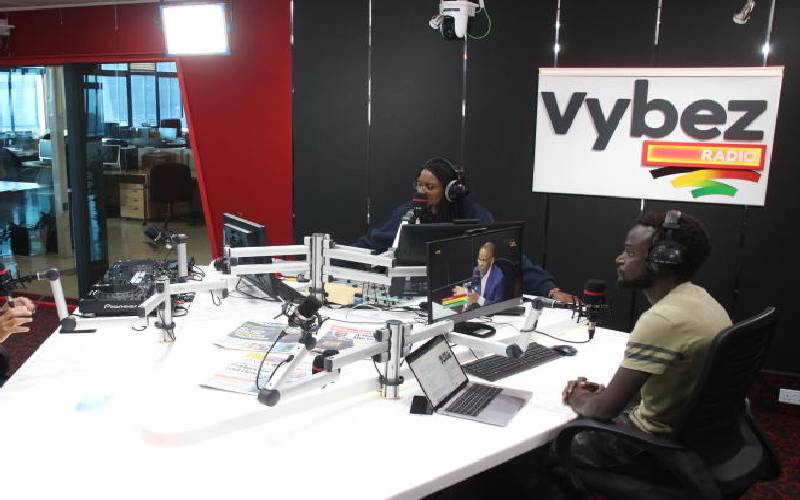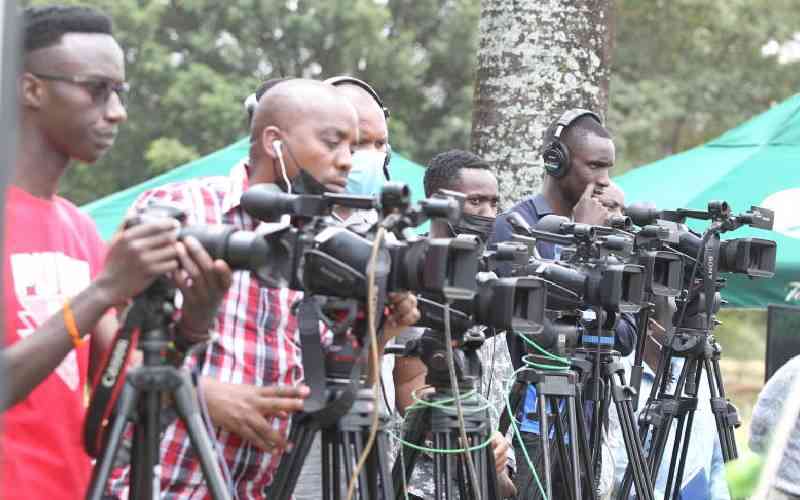
The recently published Media Council of Kenya Status of the Media Report 2020, has interesting revelations on the consumption of radio programmes, which is food for thought for media owners and researchers. Radio content consumption dropped considerably in 2020. This confirms the standpoint of media experts on the liberalisation of media waves in the 1990s within Eastern Africa.
In 2003, Robert Serumaga, the PANOS Eastern Africa Regional Director, was quoted by a regional newspaper saying: “The media have achieved independence since the late 1980s and the early 1990s when they were liberalised. The remaining challenge is quality. This is with reference to the concerns and outlook of their audience in the region.”
These views are relevant today, as good content remains a major challenge, and this is despite Kenya being home to more than 150 radio stations, both mainstream and online. There are three reasons for this downward trend.
One, there is a copy and paste culture of radio programmes between stations. Two, radio is saturated with gambling, and three, it is a comedy box. Each year, reasonable efforts are made by the Kenya Advertisers and Researchers Foundation who publish media diaries, informing media houses on their audience reach.
The audience is categorised by the Living Standards Measure, a marketing and research tool adopted from South Africa. Most of the radio audience in Kenya is on LSM 4-5, meaning, one who can afford a one-bedroom house rent, a gas cooker, a radio set and a low-cost television set.
According to the 2009 Kenya census report, about 70 per cent of Kenyans are in this bracket. This affects audience loyalty for radio stations, as this category prefers watching television. It confirms the effect of media convergence, as audience loyalty is ‘fought’ for between radio stations, TV channels and social media outlets.
Radio stations need to invest in audience research. The KARF can offer support through the provision of qualitative data that informs why different categories of audiences prefer consuming other media content as opposed to radio. Few radio stations in Kenya are known to conduct desk research for the purpose of enriching content. Very little is done scientifically on audience research. The more reason for a copy and paste practice on radio content.
Another contributory factor is the packaging of emerging issues like, say, the Covid-19 pandemic. Radio journalists in Kenya have done little on investigative journalism on this pandemic, leaving the public doubting the authenticity of the figures and facts. The radio stations today only communicate data on the number of people testing positive daily or succumbing.
Admittedly, many Kenyans have made money from show games on radio stations. One is told to send in as many answers as possible to win cash. The narrative of gambling runs across a number of lead radio stations in Kenya. This blurs the mission of specific radio stations.
Such content scares the majority from participating in the gambling games and that cuts huge chunks of audience loyalty from stations. This is compounded by the fact that the attention span of an ordinary listener is about five minutes, and those who bet, therefore, exceed this span out of desperation.
Sustain fun
Humour needs to thread through radio content. Almost every radio station today has two comedians per day, thus breakfast and evening drive shows. The challenge is, most radio programming in Kenya has comedy that is poorly structured.
Given that the stations are not niche but target the mass market, comedy comes in between flagship programmes and this dilutes content, unlike in ideal situations like is the case with iHeartradio in New York that airs comedy the whole day.
The radio station managers need to think about the use of podcast that the comedians can capitalise on to sustain fun, a key driver to listenership. With good planning of the content on comedy, content can be enriched. Noble comedy can also boost the creative division at a radio station.
Stay informed. Subscribe to our newsletter
The year 2021 comes when content on the Covid-19 pandemic and its effects is most likely to have less impact. The New Year calls for clear objectivity in radio programming, not the way it is today. If not, radio presenters will be talking to themselves and not the target audience.
Mr Ogonda is a media trainer and development communication consultant.williamogonda@gmail.com
 The Standard Group Plc is a
multi-media organization with investments in media platforms spanning newspaper
print operations, television, radio broadcasting, digital and online services. The
Standard Group is recognized as a leading multi-media house in Kenya with a key
influence in matters of national and international interest.
The Standard Group Plc is a
multi-media organization with investments in media platforms spanning newspaper
print operations, television, radio broadcasting, digital and online services. The
Standard Group is recognized as a leading multi-media house in Kenya with a key
influence in matters of national and international interest.
 The Standard Group Plc is a
multi-media organization with investments in media platforms spanning newspaper
print operations, television, radio broadcasting, digital and online services. The
Standard Group is recognized as a leading multi-media house in Kenya with a key
influence in matters of national and international interest.
The Standard Group Plc is a
multi-media organization with investments in media platforms spanning newspaper
print operations, television, radio broadcasting, digital and online services. The
Standard Group is recognized as a leading multi-media house in Kenya with a key
influence in matters of national and international interest.






